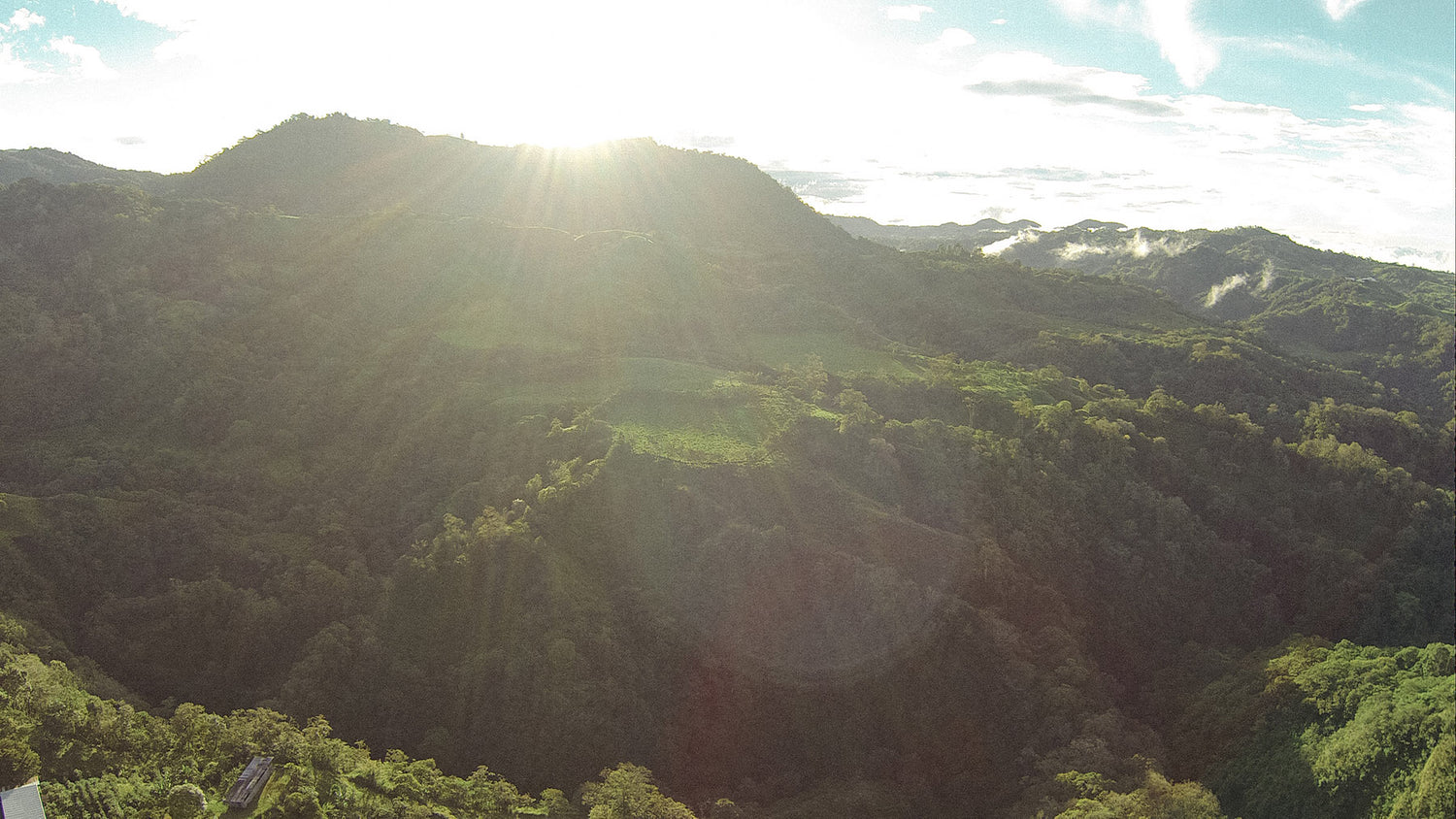It's wonderful when everything is done for you. You just press a button and your fully automatic machine delivers a delicious coffee, espresso or cappuccino . Sounds simple - but can also be complicated. Everything that runs fully automatically only turns out well if it is set up correctly. Be it the grind, the brewing temperature, the amount of coffee and water, the right beans - all of this has to fit together. For example, you should keep the grind in the middle range, with a tendency towards fine. The water temperature should ideally be between 92 and 96 degrees, then the coffee will be neither too bitter nor too sour, and don't forget the quality of the water you use... it's best to install a water filter in the water tank to avoid too much limescale in the water. Because if one of these points is not optimal, your coffee will be too watery if too much water runs through compared to the coffee grounds, too bitter if the temperature is too high, or too sour if the temperature is too low. The degree of grinding also affects your coffee enjoyment, especially since you usually set a degree of grinding and then use it for all types of coffee from the fully automatic machine - whether cappuccino, espresso or coffee. Good taste from a fully automatic machine therefore needs instructions: a fully automatic machine guide, no problem . We will explain the challenges mentioned above in detail below.






